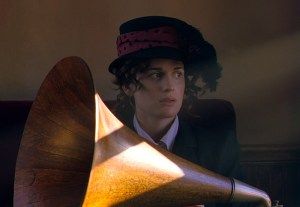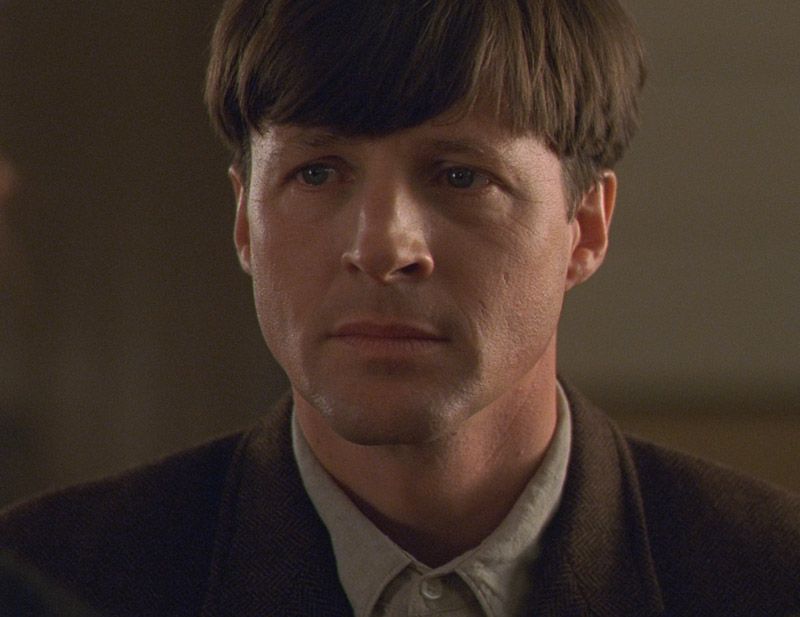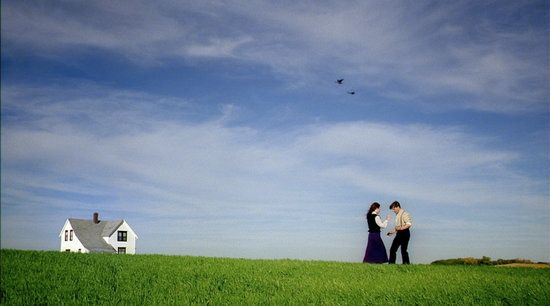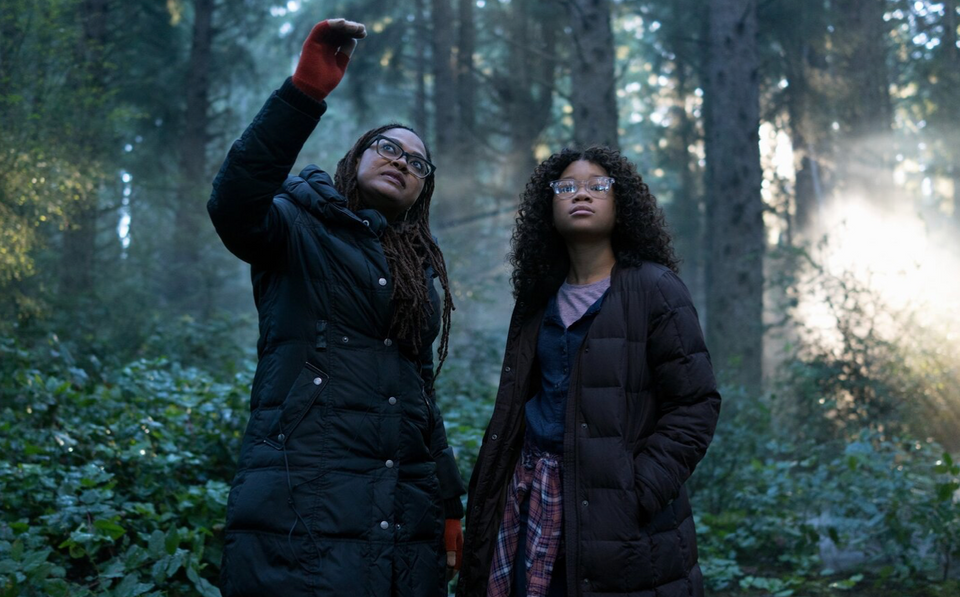
* A warning: here be spoilers.
I’ve loved a good story for as long as I can remember. At annual family reunions in west Texas, I listened to my raucous relatives tell story upon story filled with both humor and gravity. I carefully observed the familiar faces, some of which I recognized when I looked into a mirror. As a shy child, I didn’t say much, but I often wondered, “Who the heck am I?” After a few summers of eavesdropping, I realized that a large part of who I am is due to the hilarity and pain of those who came before me, even more than the grandparents I revered.
I think this is why certain books of fiction resonate – stories set in rural areas of earlier America. The characters worked with their hands at backbreaking labor, hours dictated by the weather and the rising and setting of the sun. They harvested the land in direct provision for their family. They persevered in unbelievable hardship against all odds. They owned only what they needed, and extravagances were few, such as apples and oranges piled under the Christmas tree. They cultivated simple beauty by sewing a new dress or whittling an animal out of wood. They valued honesty and lent a hand to their neighbor. And the sharing of coffee is mentioned so often within the pages of these books that I get up to brew a pot myself, then sit back down and pick up where I left off with these people of integrity, flawed and lovely and strong.
I also take a liking to such characters on film, but I didn’t find too many until I saw Sweet Land (2005), a rare, surprising movie from my Netflix queue. Managing a graceful flashback-within-a-flashback format, grandson Lars recalls a story told to him thirty years before by his grandmother, Inge (Lois Smith), about her life fifty years prior. Upon Inge’s death, Lars wrestles with a decision: to sell her land or save it for family to come? To glean wisdom, he sifts back through her story, which, like all of history, is not a list of facts and figures; it is memories. And in this case, Inge’s – not in black and white or antique sepia, but in full color, appropriate for Inge, a cultured city girl who saw the world through painterly eyes as she fell in love with Lars’ grandfather, Olaf Torvik.

This spirit was breathed into Inge by writer/director Ali Selim, who birthed Sweet Land after working on a wearying string of antacid commercials. Enamored by Will Weaver’s short story, “A Gravestone Made of Wheat”, he knew it simply had to be his first film project. Selim befriended the simple characters of a seemingly simpler time, but he learned that making a period piece set in a 1920s Minnesota farming community was no easy task. Fourteen years after his literary epiphany, he finished shooting the film in twenty-four days on a meager $1 million budget. In a true “Americana Indie” spirit, he shot each scene in 35mm instead of digital. But that decision was not intended to be revolutionary. Selim said to Studio Daily, “I just think it’s that kind of story. There are things that should be shot digitally. It’s like, when do you use a pencil and when do you use an oil brush? It’s a decision you make based on the final outcome. It’s not ‘is digital as good as film?’ It just feels different. And this felt more like an oil painting.”
Indeed; the use of 35mm preserves an authentic past and yields the most vibrant hues – the sky so blue and the grass so green that you ache for the intense beauty of it all. The cinematography was inspired not by Selim’s favorite films, but by the American realist painters Edward Hopper and Andrew Wyeth, as well as the clean lines and rich colors of Mark Rothko. As the story unfolds, skylines of wheat stretch across prairie land as far as the eye can see. Olaf’s white house sits starkly upon his land in a wide open, breathtaking frame. Natural light and shadows play out an unusual pace and feel. Lone figures dwell in this small rural town; there’s a bleakness, a sadness, yet a warm glow of hope and love. Through tender and intelligent writing, we’re properly introduced to the people who fill this quiet heartland.
Selim had no idea if his subtlety in storytelling would work, but the film received six wins (including an Independent Spirit award for Best First Feature) and two nominations. His vision takes its cues from Andrew Wyeth, who said, “You can lose the essence by detailing a lot of extraneous things.” The cautious approach suits the two main characters quite nicely. We meet young Inge (Elizabeth Reaser) at a train station, a mail-order bride from Germany lugging a gramophone along with her suitcase. She looks around her new surroundings head-on, but also with uncertainty, and keeps unfolding a photograph, a well-worn crease right over the man’s face; she can only make out his horse. She has no idea who to look for and speaks very little English.
Long after the trains quit running for the day, Olaf (Tim Guinee) arrives with his quirky, expressive friend, Frandsen (Alan Cumming). Inge’s shy fiance is socially inept and keeps to himself, barely looking her in the eye. Straightaway, he takes her to the local church to be married, but things go awry as soon as Deutsch escapes her lips. In an insular, mostly-Norwegian town during the post-WWI period, a German socialist woman was not welcomed, not even by a man of God (leading a church founded by another German, Martin Luther). Minster Sorrensen (John Heard) refused the marry the couple until Inge obtained U.S. citizenship papers. But to complicate matters, the rampant fear in the town kept the judge from cooperating with the well-meaning immigrant.
One of my favorite humorous scenes takes place after Olaf and Inge leave the church. Inge is told she must stay with Frandsen, his wife, Brownie (Alex Kingston), and their nine children. Inge’s fiery side is revealed as she blurts expletives in both German and Norwegian, very obviously taking out frustration over her unwelcome residence on poor, quiet Olaf who she eventually provokes to a yelling match as well. Frandsen takes Olaf aside to say, “Are you sure you want to marry this one?” But after a time, she and Olaf begin to get to know each other, and even live in the same house, though he sleeps in the barn. She brings beauty into Olaf’s plain life: gramophone music while they harvest, the poetry of Keats, waltzing, strong coffee (“not like the women in church”), and good cooking – including pie. Olaf offers a strong steadiness to balance her, the art of hard work, and a belief in a God who makes his beloved crops grow.

The two could not be more different, but they do fall in love slowly and truly, and doggedly pursue the right to be wed. Today, the idea of marriage is subversive. Good, old-fashioned wedlock is not as trendy as it used to be. It was astounding to watch a film that portrayed holy matrimony with such a shimmering, heartbreaking beauty. The story is so well told that there’s no need for the all-too-common, gratuitously lurid sex scene. Mutual chemistry is palpable as Olaf and Inge thresh and sift golden wheat face to face, their weary bodies nearly touching, their passion unrequited. One of the last scenes shows a respectful Olaf at the foot of his stairs, bidding goodnight to Inge, timidly inquiring if she were naked to shield her privacy. When asking this before, he was denied permission, but now that they had done everything humanly possible to be married, they felt as if they were man and wife, so Inge says kindly, “Komm.” As Olaf slowly climbs the stairs in wonder, it’s about as sexy as it gets, folks. It’s high time we have to use our imagination while movie-watching in regards to sensuality.
Now, there’s a jovial, sinister banker, Harmo (Ned Beatty), who lives to foreclose the farms of anyone, even his third cousin, Frandsen. Olaf, being a reserved man, avoided disturbing the peace, yet he was more than willing to fight in his own manner. When he hears the auctioneer’s call from Frandsen’s home, he rushes over with Inge, disheveled from harvesting acres of wheat by hand with no help from their neighbors. With dirt smeared on his face, Olaf looks at his hopeless friend, then speaks up, “Four thousand five hundred. Five thousand five hundred.” Then, “Seven thousand dollars,” quieting the other bidder. He turns to Inge saying, “I don’t have seven thousand dollars.” She knew, and her gaze was another subtle, romantic moment; both she and Olaf’s eyes are deep wells of emotion. She loved this man who would risk his livelihood for a friend.
Olaf’s selfless courage also humbled Minister Sorrensen, so much so that he and fellow farmers rallied together to collect the money to save both Olaf and Frandsen. Finally, the community is able to overlook racial and political differences and offer a good man salvation. They united against the true problem – a money-hungry businessman trying to stamp out the Family Farm. And the minister began to learn the art of mercy. He began to honor the law, not abuse it. That’s another thing about history – the wisdom and warnings are timeless. Today, the United States’ headlines shout of agricultural issues, and anti-immigrant sentiment is nothing new. Prejudice against those who are different than ourselves is still a strong temptation in our time of war and conflict. While we ought to look to government to protect our country, we should be careful to not be gripped with fear and misunderstand our brethren.
And in a reversal of roles, Inge teaches the church about faith, not vice versa. After their final attempt to obtain her papers (this time with the minister’s help), the three stand on Olaf’s land, discussing their predicament:
Minister Sorrensen: I’m sorry.
Olaf: This is her place now.
Minister: How can it be?
Inge: You can let it be.
Minister: You don’t have the papers.
Inge: Now, I am married. I am citizenship. In my heart, I believe.
Minister: That’s not enough, Inge, in your heart to believe. It has to be real.
Inge: You believes God?
Minister: [bewildered, smiling] Alright. In my heart, I’ll see you both on Sunday.
Inge’s faith gave her the gumption to arrive on strange soil with little more than a promise of love. She continually forgave a community who would not reciprocate the courtesy. And though she and her beau were shunned in the eyes of the law, they triumphed by having faith in each other. Like any good love story, they found something they needed in the quiet eyes of the other. The end credits roll as Inge teaches Olaf to waltz far out from the house on that brilliant green grass. Olaf’s clumsy dancing with his graceful German paints a redemptive, celebratory scene. There really are good people in this world doing hard work and loving each other. Perhaps that’s why I listened so intently to my aging relatives – we need to hear truth and simple virtues, and pass them down to those who come after us. Life is far from easy, and full of pain and hardship, but we can find our place. There is happiness to be found in the bigger story in which we live. So love your spouse, work hard on your sweet land, befriend your neighbor, and spin a good tale.



